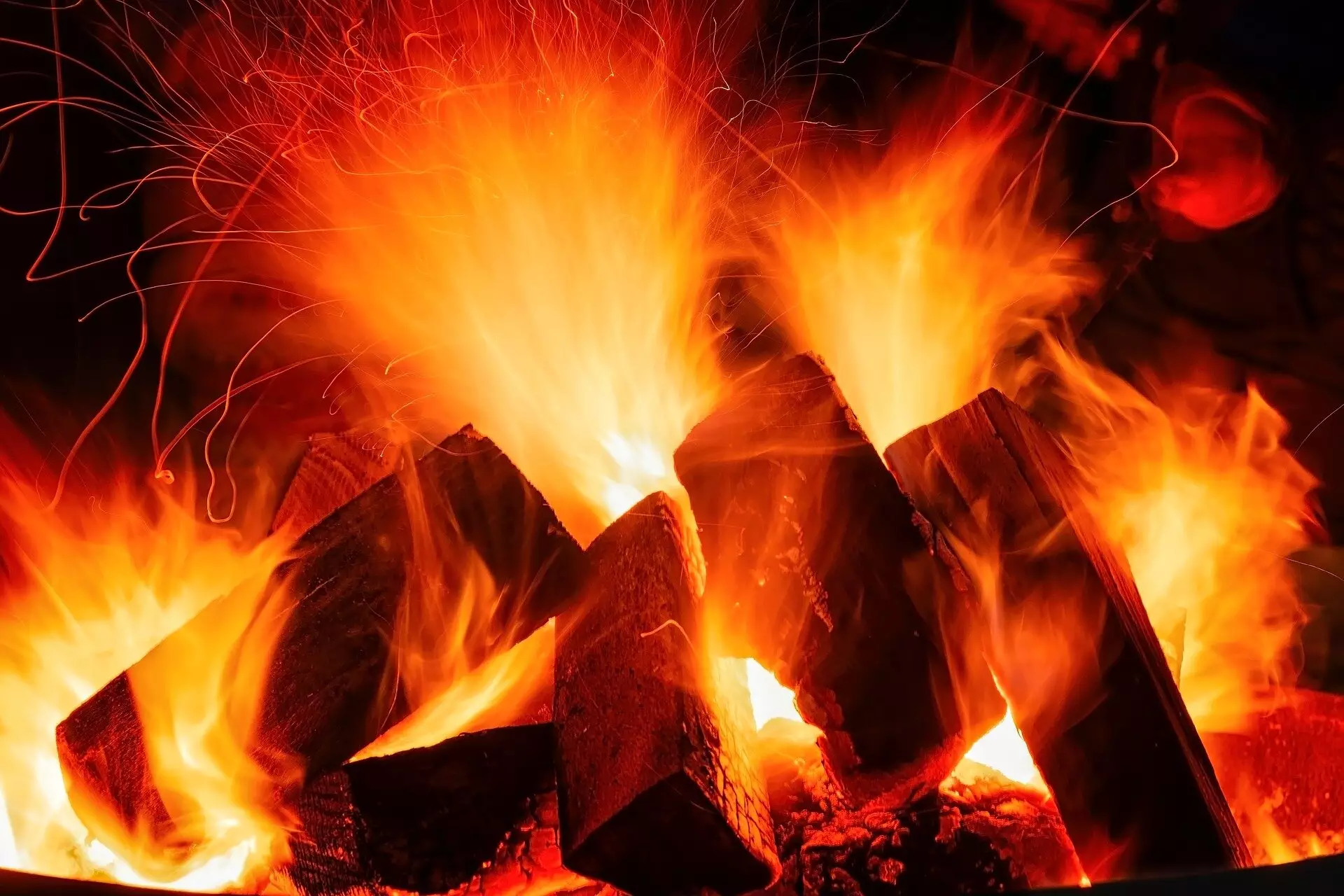The recent research led by Stanford University has introduced a groundbreaking concept of using heat-absorbing bricks, known as firebricks, to store heat generated by renewable sources such as solar or wind power. This innovative technology has the potential to significantly contribute to achieving the United Nations’ climate goal of reaching net-zero emissions by 2050. By storing heat in firebricks and releasing it when needed for industrial processes, industries like cement, steel, glass, and paper manufacturing can operate on renewable energy even during periods of limited sunlight or wind. This article will delve deeper into the implications of this technology and its ability to revolutionize the renewable energy landscape.
The utilization of firebricks for thermal energy storage marks a significant departure from traditional methods of relying on fossil fuels for industrial heat generation. The simplicity and cost-effectiveness of firebricks make them a viable alternative to expensive battery storage systems. Lead study author Mark Z. Jacobson emphasizes that firebricks are one-tenth the cost of batteries and are constructed from basic materials that have been used for millennia. This shift towards utilizing firebricks for heat storage has the potential to transform the way industries harness renewable energy for their operations.
Industrial Applications
Industries that require high-temperature heat for manufacturing processes stand to benefit greatly from the adoption of firebrick technology. With the need for temperatures exceeding 1,000 degrees Celsius for processes like cement and glass production, firebricks offer a sustainable solution to reduce carbon dioxide emissions associated with fossil fuel combustion. By storing heat in firebricks and releasing it as required, industries can minimize inefficiencies in energy conversion and transition to cleaner energy sources seamlessly.
The research conducted by Jacobson and his team focused on the global impact of integrating firebricks into industrial processes in a future where renewable energy sources dominate the energy landscape. By comparing scenarios with and without the adoption of firebrick technology, the researchers demonstrated the cost savings and environmental benefits associated with utilizing firebricks for industrial heat storage. This shift towards renewable energy solutions not only addresses climate change concerns but also contributes to improved health outcomes by reducing air pollution from fossil fuel combustion.
The findings of the research highlight the importance of accelerating the transition to clean energy solutions to mitigate the impacts of climate change and air pollution. By reducing capital costs, land requirements, and demand for energy storage capacity, firebrick technology emerges as a cost-effective and practical solution for industries looking to decarbonize their operations. The potential of firebricks to facilitate a faster and lower-cost transition to renewables underscores their significance in the global shift towards sustainable energy practices.
The utilization of firebricks for industrial heat storage represents a paradigm shift in the renewable energy sector. By leveraging ancient technology with modern innovations, industries can reduce their reliance on fossil fuels and embrace sustainable practices that align with global climate goals. The affordability, simplicity, and efficiency of firebrick technology make it a promising solution for achieving net-zero emissions by 2050. As we advance towards a greener future, technologies like firebricks play a crucial role in reshaping the energy landscape and fostering a sustainable society for future generations.


Leave a Reply